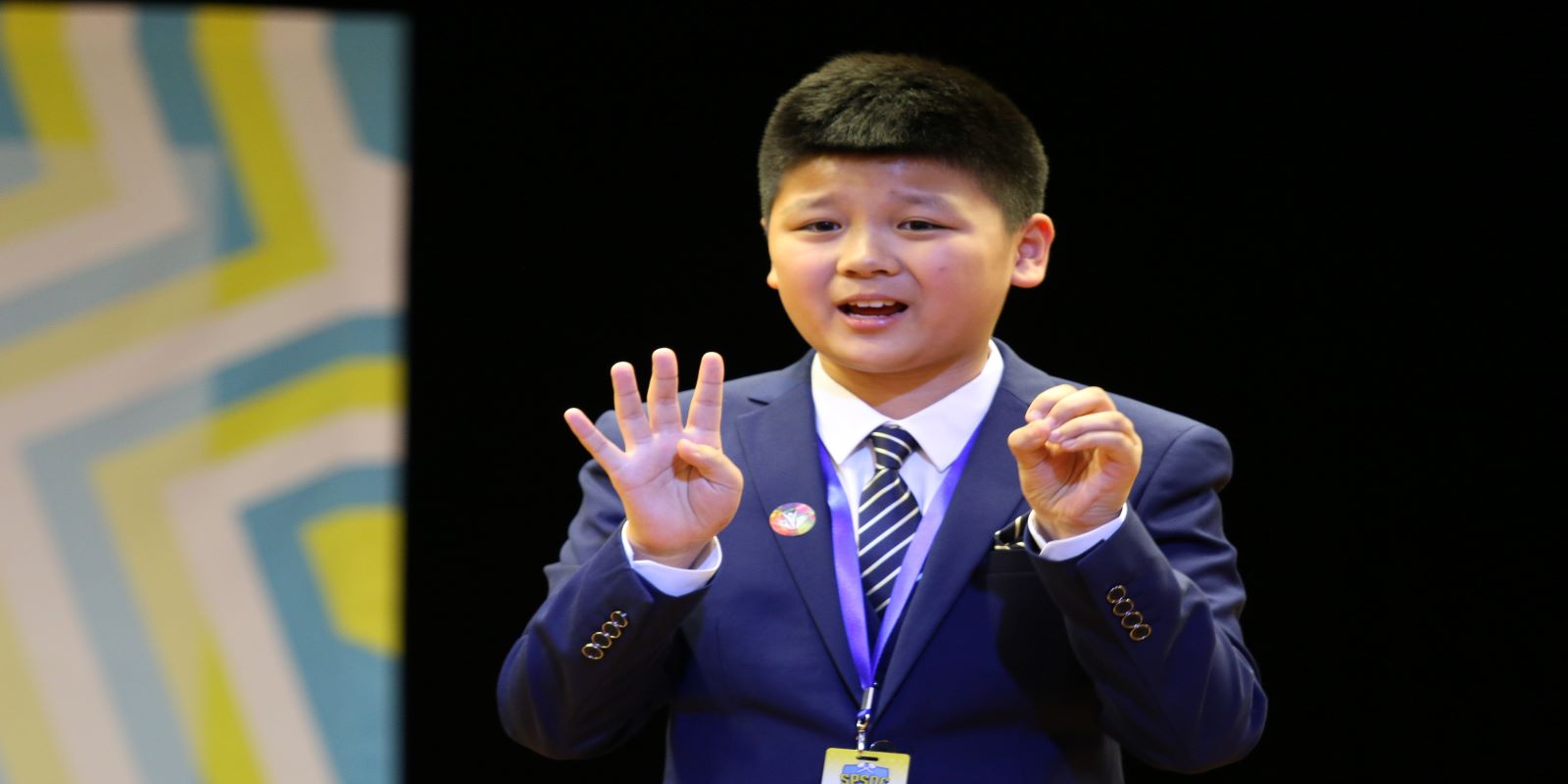Using Stage Movements and Gestures as Foundations of Persuasion: Learn These 3 Ways (Part 2)

In the first part of this article, you already saw an example of a persuasive speech that showed the importance of stage movement and gestures and how they can help you memorize delivering your speech effectively. In this part, you’ll learn three ways to do this in your own speeches.
The first thing you need is a starting move. The starting move is usually initiated when standing in the middle of the stage or in the front of a classroom. Make sure you are standing at a comfortable distance from the audience before beginning. Now, the starting move is a combination of two things. First, a very deliberate shift in your posture where you’re leaning forward or backwards, and second, a big outward gesture with both hands to get the audience’s attention. The exact position and height of your hand gesture though is up to you to decide, based on what your first sentence may be about.
Next is the character move. The character move gives meaning to quotes or characters in your speech. A good way to do this is to choose a position to the right or left of your starting position and keep it in mind; you can also stay in one spot but shift your body to be different from what your natural posture looks like. This can mean standing stiffly and upright for a more arrogant look, or perhaps sagging your shoulders and leaning back for a lazier character. Just remember two things if you choose to do this: First, your new posture should be clearly distinguishable from your regular posture and your starting move. Second, you must have the move practiced and rehearsed so it looks the same each time. This shift gives the audience a dramatic effect for increased memorability but also helps you mentally transition between ideas as you’re presenting.
Lastly, The emphasis move. The emphasis move turns up the heat as your speech heads towards the climax or a particularly important point. This often includes stepping closer to the audience and moving both hands, either close together or open wide, for impact. This can often grab the attention of the audience even further. When performing this move, it’s important to remember not to move too sharply or you might appear a bit aggressive. You can also focus your eyes at the level of people's eyes at the back of the audience rather than on one individual.
Notice that all three of these actions combine together hand and stage movements. It’s important to have both as they can be a visual bridge between the start of the stage movement and the completion of it. As a public speaker, it’s important to plan, practice, and memorize words and movements together. Most importantly, do not be afraid to try out new moves. Public speaking, like dancing, works by trial and error. Start off by adding one or two simple stage and hand movements, and with practice, you’ll be giving speeches that persuade your audience with confidence and emotion.

